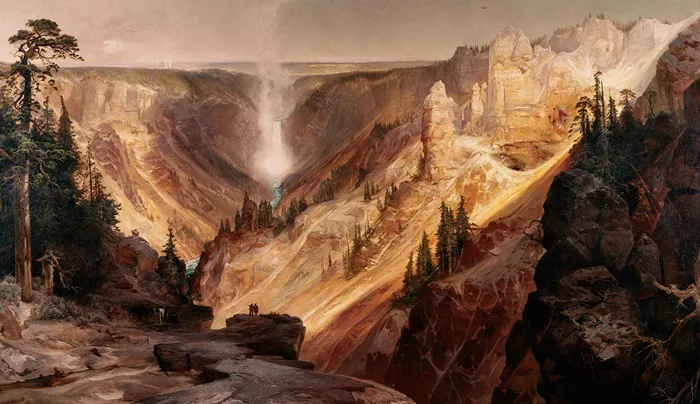February 16 holds a significant place in Australian history, marked by events that have shaped the nation’s social, cultural, and environmental landscape. From devastating natural disasters to pivotal moments in civil rights movements, this date encapsulates a diverse array of occurrences that have left lasting impacts.
What Happened on February 16 in Australian History?
The Ash Wednesday Bushfires (1983)
On February 16, 1983, Australia experienced one of its most catastrophic natural disasters—the Ash Wednesday bushfires. A series of fires ignited across the states of Victoria and South Australia, exacerbated by severe drought conditions and extreme weather patterns. Within a span of twelve hours, more than 180 fires, propelled by hot winds reaching speeds of up to 110 kilometers per hour, wreaked havoc across the region. The fires consumed approximately 2,100 square kilometers in South Australia and 9,954 square kilometers in Victoria in a single day. The aftermath was devastating: 75 lives were lost—47 in Victoria and 28 in South Australia—including 17 volunteer firefighters. The fires destroyed over 3,700 homes and buildings, leaving thousands homeless. Livestock losses were substantial, with more than 340,000 sheep and 18,000 cattle perishing. The financial impact was immense, with insurance claims totaling A$176 million and overall costs estimated to exceed A$400 million in 1983 values. The emergency response saw the mobilization of approximately 130,000 firefighters, defense personnel, relief workers, and support crews from across Australia, marking it as one of the largest volunteer efforts in the nation’s history.
The Banka Island Massacre (1942)
During World War II, on February 16, 1942, a tragic event unfolded on Banka Island, located in the Bangka Strait off Sumatra. Following the fall of Singapore, the SS Vyner Brooke, carrying 65 Australian nurses and other civilians, was sunk by Japanese aircraft. Survivors who reached the shores of Banka Island faced a grim fate. Japanese soldiers captured and massacred 22 members of the Australian Army Nursing Service, along with other survivors. The sole survivor from this group of nurses was Sister Vivian Bullwinkel, who later provided harrowing accounts of the atrocity. This massacre highlighted the brutal realities of war and underscored the sacrifices made by military medical personnel.
The Freedom Ride Reaches Moree (1965)
On February 16, 1965, the Freedom Ride, led by Aboriginal activist Charles Perkins and comprising University of Sydney students, arrived in Moree, New South Wales. The Freedom Ride aimed to expose and challenge racial discrimination in rural Australian towns. In Moree, the group confronted the local council’s ban on Aboriginal people using the town’s swimming pool. Their protest led to the eventual lifting of the ban, marking a significant victory in the fight against institutionalized racism. The Freedom Ride garnered national and international attention, shedding light on the systemic discrimination faced by Indigenous Australians and galvanizing support for the broader civil rights movement within the country.
The Formation of the 2/16th Australian Infantry Battalion (1940)
The 2/16th Battalion was formed in Perth, Western Australia, on April 20, 1940, as part of the Second Australian Imperial Force during World War II. The battalion was composed mainly of volunteers from Western Australia, many hailing from the goldfields region. After initial training, the battalion embarked for overseas service, arriving in the Middle East in November 1940. They participated in the Syria-Lebanon Campaign against Vichy French forces in 1941, engaging in significant battles such as the crossing of the Litani River and the capture of El Atiqa Ridge. In 1942, the battalion returned to Australia before being deployed to New Guinea, where they fought along the Kokoda Track and at Gona. The 2/16th Battalion continued to serve with distinction in subsequent campaigns, including operations in the Ramu Valley and the capture of Shaggy Ridge. The battalion was disbanded in February 1946 after contributing significantly to Australia’s military efforts during the war.
Australia’s First Winter Olympic Gold Medal (2002)
On February 16, 2002, Australia celebrated its first-ever Winter Olympic gold medal, achieved by Steven Bradbury in the men’s 1000m short-track speed skating event at the Salt Lake City Winter Olympics. Bradbury’s victory was remarkable and unexpected. In the final race, all four of his competitors collided and fell, allowing him to skate past them and claim the gold medal. This historic win not only placed Australia on the Winter Olympic gold medal tally for the first time but also became a legendary moment in Olympic history, often cited as an example of perseverance and the unpredictable nature of sports.
Conclusion
February 16 serves as a poignant reminder of the diverse events that have shaped Australia’s history. From the devastation of natural disasters and the horrors of war to significant strides in civil rights and unexpected sporting triumphs, this date encapsulates moments of tragedy, resilience, and national pride. Reflecting on these events offers valuable insights into the challenges and achievements that have defined the Australian experience.
Related Topics:

